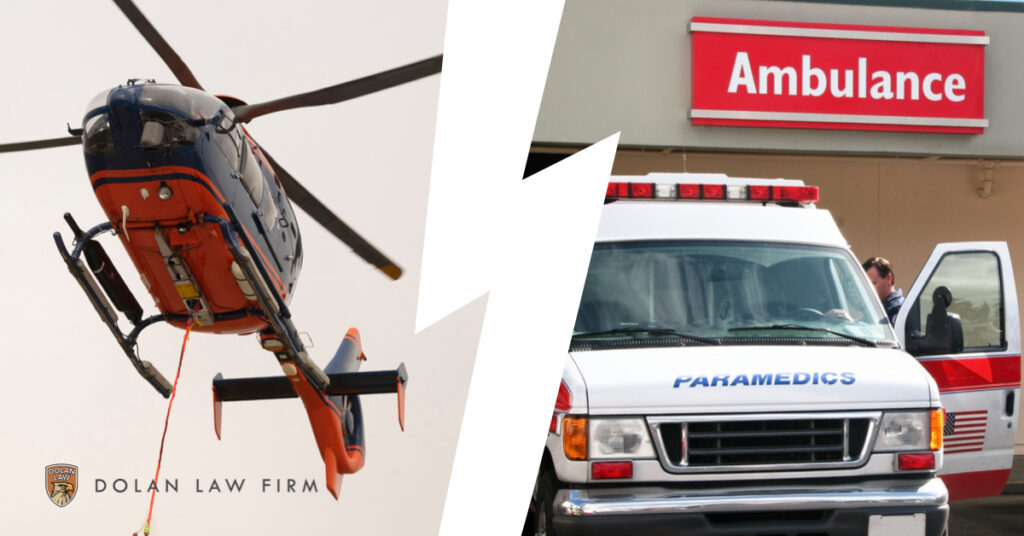You May be Responsible for Paying Expenses if an Uninsured or Underinsured Driver Injures You in an Accident
Written By Chris Dolan and Allison Stone This week’s question comes from Tanner C. from San Francisco, CA, who asks: I ride my bicycle around the city to get around. Some of my friends have told me to get UIM insurance. Can you tell me what it is and whether this extra insurance is worth it? Thanks …


